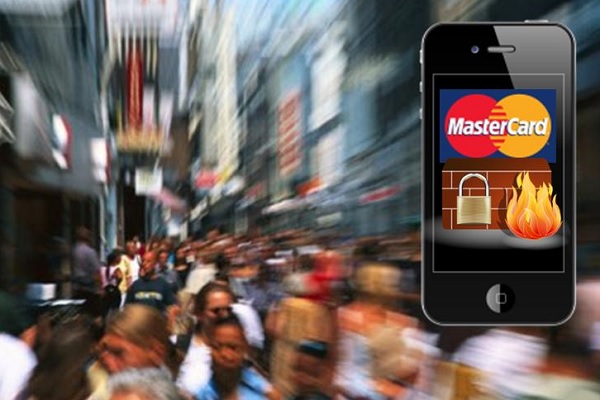The company has now invested $1 billion into its MyMagic+ brand and will combine several mobile elements.
The Walt Disney Company has now put $1 billion into wearable technology with the intention of implementing a broad scale experimental program that will help to change the way that visitors to its theme parks spend their money.
The MyMagic+ program brings together several different mobile technologies and features to enhance the guest experience.
The MyMagic+ program brings together the website, a smartphone app, and wearable technology and the form of MagicBands. The MagicBands are a type of tracking bracelet that allows the company to monitor the movements of the visitors as they make their way through the Disney World resorts and enjoy the various features, shows, rides, shops, restaurants, kiosks, and more. The guests will be able to use the program to be able to make their trip bookings and plan out the rides that they’d like to enjoy, months in advance.
The MagicBands are wearable technology that hold all of the information the visitor will need.
For instance, a visitor to Disney World who is staying in one of the resorts would be able to store his or her hotel room key, credit and debit card information, and tickets, all within these bracelet wearables. Then, they can be used at any place in the parks and hotels simply by tapping these mobile devices to a sensor.
The MyMagic+ program also uses the MagicBand RFID enabled bracelets for geolocation purposes, to track the movements of all of their wearers throughout the parks. This is the feature that is being considered defining in terms of whether or not the program should be deemed successful. While the bracelets do help Disney to be able to provide guests with faster and more convenient service at restaurants, to better manage lines, and to direct the park employees, the tracking also offers additional opportunities.
As the park will always know where a guest is located, the geolocation style tracking in these wearable technology devices can provide wearers with custom notifications about wait times for rides or changes at restaurants.
The credit card giant will be working with Syniverse on this location based verification checking.
With the explosion in the number of smartphone users that there are around the world, MasterCard is working to capitalize on these consumers – particularly those travelling internationally – and to encourage them to use their services without the risk of losing time, patience, and money to security problems, by using geolocation technology for verification.
A new security system is now being implemented to confirm credit card payments through customer smartphones.
This is not an entirely revolutionary process, but instead uses geolocation technology as a variation of the current standard two step process of authentication. However, instead of requiring the smartphone user to enter an additional login code, as is the case with certain web services, the proposal of MasterCard is to use the GPS function from mobile devices, which has become a standard function in most smartphones.
The idea is to use geolocation technology to show that the card and user are in the same place.
What this means is that if the smartphone of the credit card user is located in the same place as the card when it is being used, then the transaction receives approval. MasterCard has said that this helps to shrink the chance of both unauthorized attempts to use the card and of declined transactions that are actually valid.
The one problem that has been identified that could cause a considerable problem to this mobile security system is that when users travel internationally, the odds are that they will have shut off their data service in order to help to reduce the chance of building up expensive roaming charges. This would eliminate the benefit of the concept behind MasterCard’s validation service.
MasterCard has not failed to recognize this issue. The company is, therefore, working to offer prepaid data packages that can be purchased directly through their own mobile devices from the moment that they arrive in another country. This is meant to help to encourage users to keep their data connection enabled so that they will be able to use the added security based on geolocation technology.


